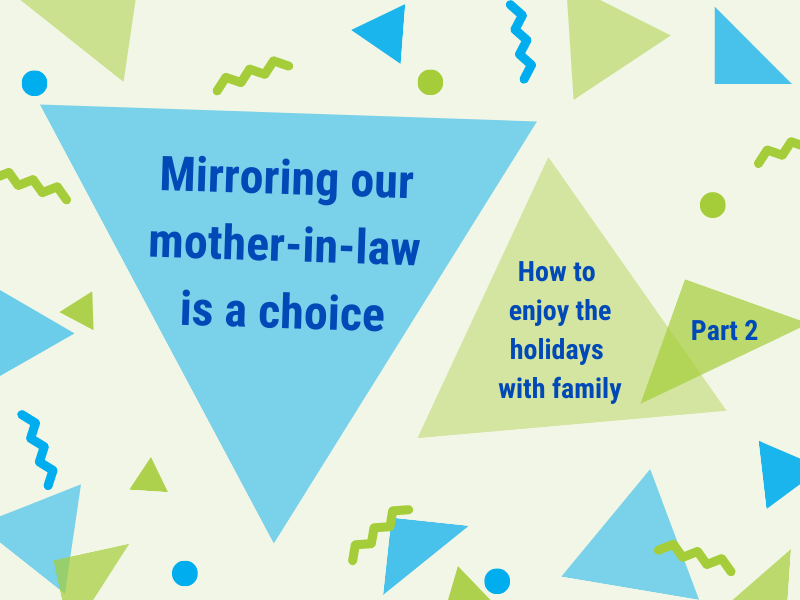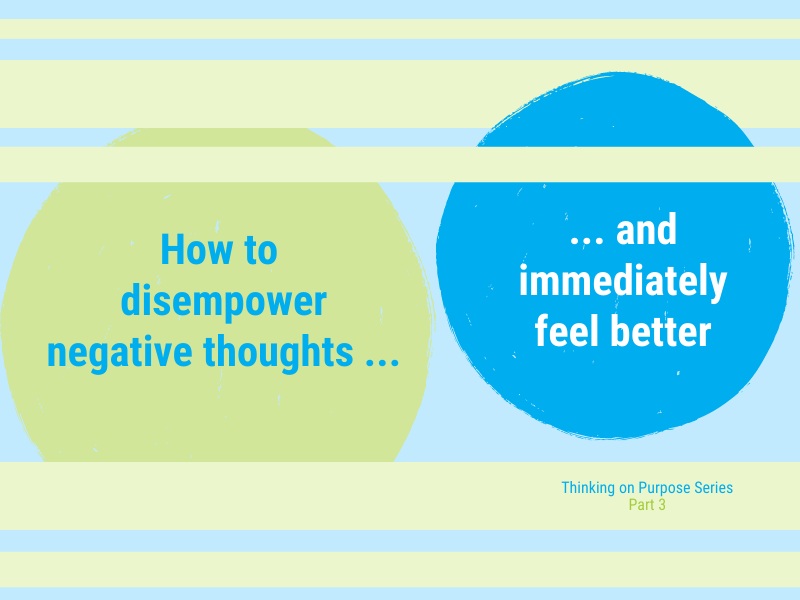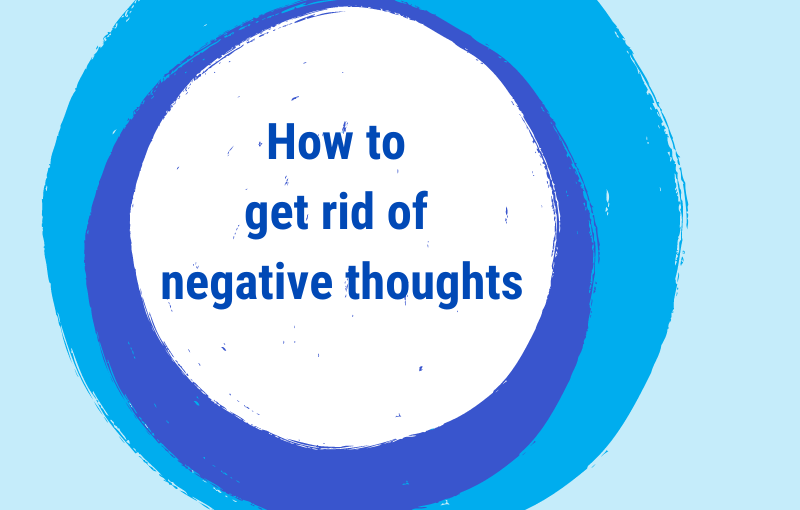Don’t let your mind run on default – Use powerful questions to direct your thinking.
In the first article of the new ‘Powerful Questions Series’ we talked about the tendency of our mind to always focus on the bad, difficult, negative parts of our daily life experience – if we allow it to run on default.
We also discussed how we can use powerful positive questions to counter the negative and limiting tendencies of our mind and open it up to the opportunities and possibilities that our life has to offer.
Questioning our current thinking can help us become more aware of the effects our current thoughts have on our feelings, actions and results. It becomes easier to consider new and potentially better ways of thinking.
The powerful question in Part 1 of the series was, ‘ How do I want to feel just now?’
It’s a very helpful question and we should definitely keep it in our toolbox of mind-empowering questions. We can take it out whenever we are in a situation where we wish to actively take control of what we are feeling in that specific moment.
A similar question that can serve us very well is
‘What do I want my top feeling to be today?’
The purpose of this question is to give our thoughts and feelings a clear direction for the whole day, not just for the current moment/situation.
Asking ourselves what we want to feel reminds us that we don’t have to feel whatever comes up.
Our thoughts create our feelings. And we can always decide what we want to think about the circumstances in our life.
If we don’t like how we feel, we can explore what we would have to think to feel the way we want to.
DAILY EXERCISE
-
- Take a few minutes in the morning and think about the day that has just started.
- Consider the activities and tasks you are going to do, the people you are going to meet or get in contact with, the things that might come up during the day, etc.
- Then choose the top feeling for the day. How do you want to feel throughout the day, not matter what exactly is going to happen or not to happen?
- Choose just one feeling as your favourite feeling and decide to give that one feeling your full attention and support during the day.
- Find ways to remind yourself of the chosen feeling at different times of the day, and in different situations. (Write it on post-its, put it in your calendar, send yourself an email and put it in the subject line, set the timer on your mobile phone to remind you regularly, …)
- And the following morning, when you choose the top feeling for the new day, take a few minutes to evaluate your experiences with the top feeling of the day before.
The answer to the question (What do I want my top feeling to be today?) is probably a different one for each of us. It might also be a different one for you each day, depending on your specific situation and plans at that time.
On some days, your favourite feeling might be ‘confidence’. Or ‘peacefulness’? On other days it might be ‘courage’. Or ‘strong’? Or ‘excited’? ‘Curious’? ‘Loving’? ‘Compassion’?
You choose. You just pick the feeling that seems to be best for that time being. And then you stick to it, for the whole day.
Other feelings might come up, don’t judge them but don’t let them take over. Just redirect your attention to your top feeling, and explore what you want to think to create that feeling.
Enjoy your day and your top feeling!
HOW CAN I HELP YOU?
Are you tired?
Tired of trying to (re)organise the various areas of your life entirely on your own?
Fortunately, you don’t have to figure it out all by yourself.
We can do it together.
You can decide to get my support, advice, and guidance – and achieve the desired changes in your life so much faster and easier.


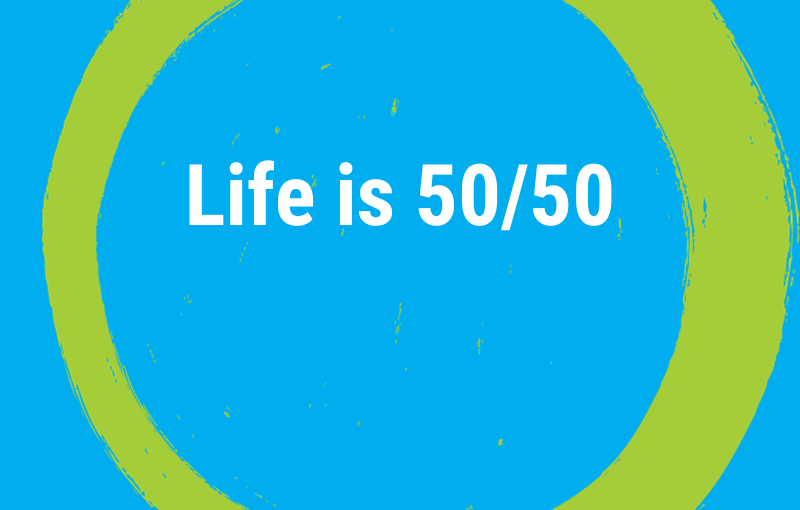

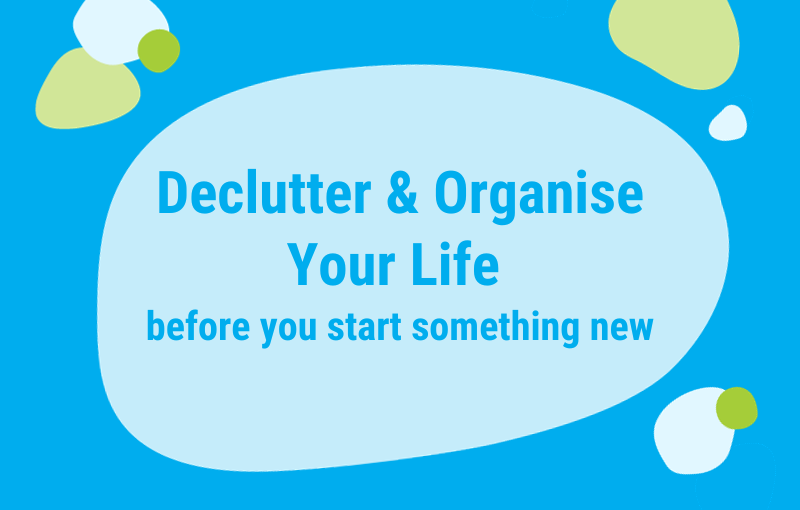
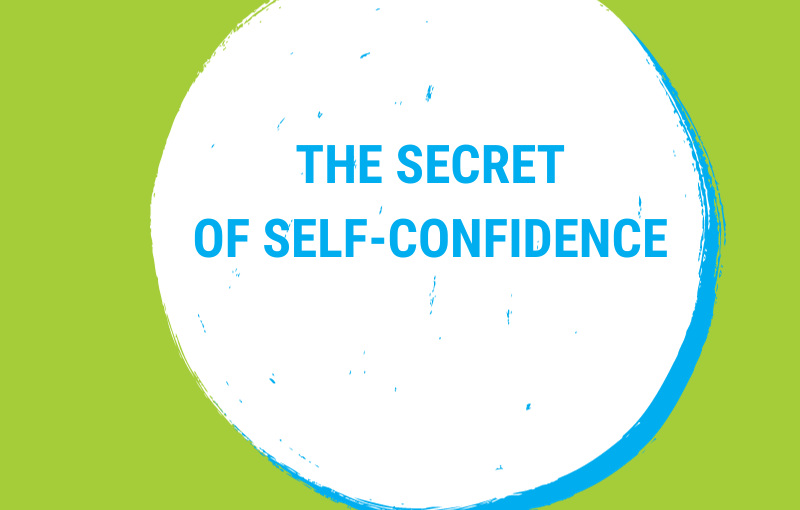



 Or to make them worse.
Or to make them worse. 
